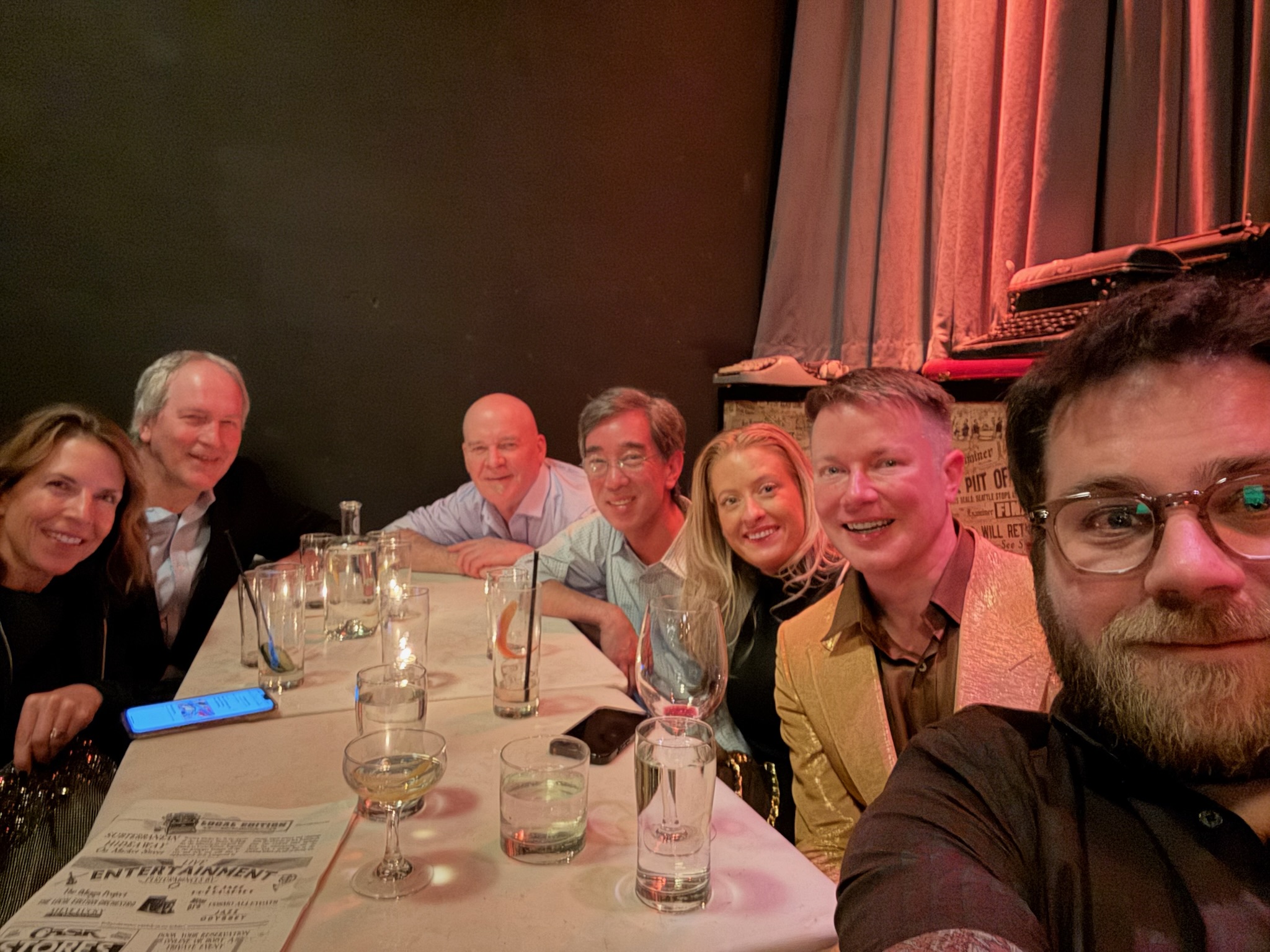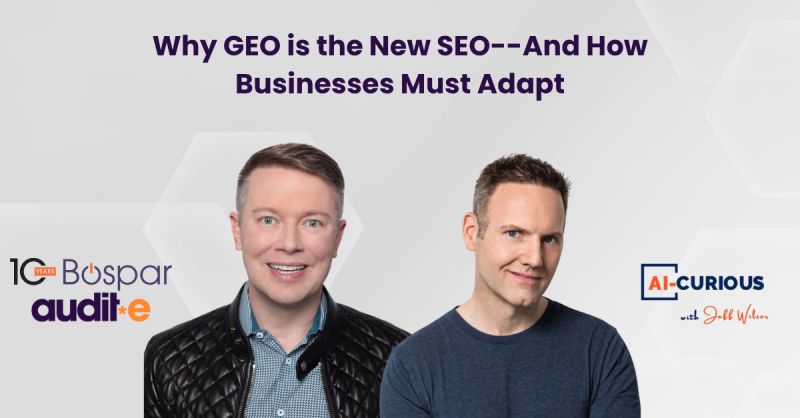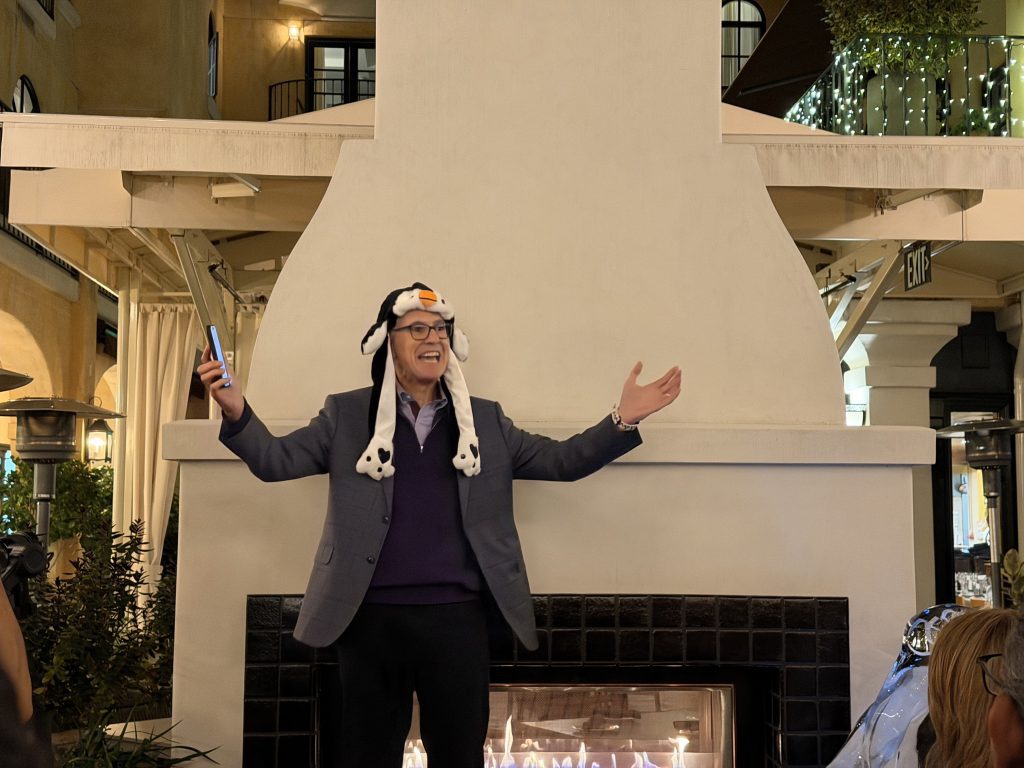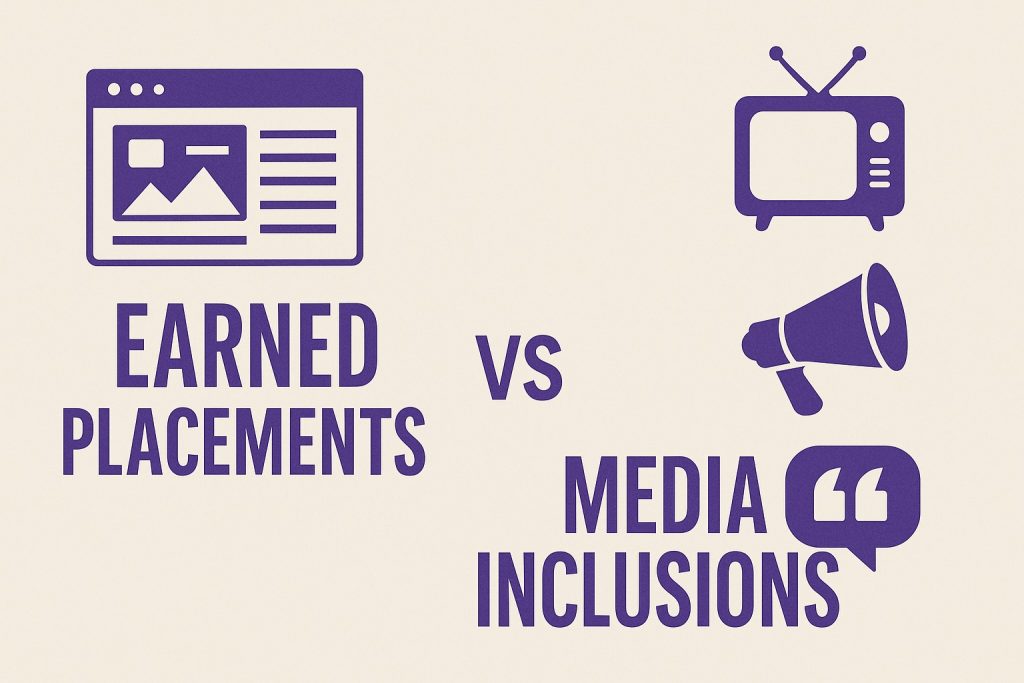Lyrics to Yellowcard’s song Ocean Avenue greeted you as you landed on my 2004 MySpace page with a “cool” photo of me standing at the top of The Big 4-0, ready to tackle a training run at Nubs Nob ski area. This was my first virtual space designed to share updates, photos and inside jokes with my friends. Creating your first social media profile was as much of a rite of passage as getting your license or attending the homecoming dance. The excitement of building your virtual self was unrivaled.
Evolution is unavoidable; much like me outgrowing the short-sleeved T-shirt on top of a long-sleeved T-shirt look, social media transformed into a hybrid of traditional media and user-driven content more resembling mainstream media outlets than the place to enjoy the most recent pop-punk hit as you looked for a homecoming date.
I truly believe many of us don’t understand how much social media has grown and changed.
Therefore, in honor of friends and family who love to point out our differences, both good and bad, when they see us over the holiday season, I’m taking it upon myself to point out the differences of how social media has completely evolved from its infancy in the early 2000s to present day.
Shift in purpose
Then: When we first started using social media, the platform focused on fostering as many personal connections as possible. Think about Facebook. It was a digital yearbook, and the news you consumed was either the latest frustration with Comcast or possibly some family drama.
Now: Social media platforms are content distribution systems dominated by brands, influencers and news outlets. Celebrities share their own news on their Instagram channels, reporters publish takes on their X channels and brands put out statements on their LinkedIn channels. Social media went from catching up with friends to scrolling through a curated magazine filled with the most “engagement worthy” content the algorithms can find. Remember when followers were prominently displayed? That was a fun time. But now social platforms don’t even want you to think about your following; more on that here.
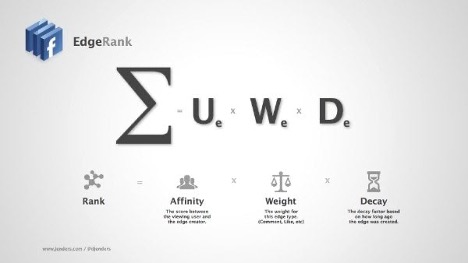
Newsfeed professionals/influencers
Then: If you could write and take a decent photo, your network would see what you created. Content created by everyday users thrived on social media, and as much as it could, it felt like a fair playing field!
Now: Is this entertainment? Is this advertising? Wait a second—it is both!? This Instagram video has a production budget bigger than our monthly ad spend. Your post competes against celebrities, brands and professional creators with as many resources as a newsroom.
Algorithm-driven consumption
Then: Too much content wasn’t a problem until about 2009-2010, which led Facebook to develop EdgeRank, the first social algorithm that promoted content based on user interaction.
Now: Your experience opening the app is similar to when you click on a news channel. Highly curated content built around trending news, content from brands you select and intentionally polarizing topics are presented to you based off your interactions with previous content and the wealth of behavioral information they have on you.
Monetization models
Then: Monetization models started with platforms experimenting with interest and demographic-based ads, but as Sean Parker said, “Ads aren’t cool.”
Now: This is almost identical to traditional media like TV and print media, using ads, subscription models, taking a cut from creators’ earnings and e-commerce integration in content.
A primary source of information
Then: I saw this article in the newspaper.
Now: I saw this clip on TikTok.
Social media has evolved into a primary source of information for millions of people. It’s dense and inaccurate to think it’s a place for the most recent dance trend, as millions consume news and commentary and even watch live events on the platform. This additive and dangerous blend of entertainment and news begs the question: Should platforms hold themselves to journalistic standards? If so, how can they do so with the amount of content produced?
There’s still opportunity for personal connection on social media if you come with the intention to do so. But as I use social media these days, the experience aligns more with channel surfing than looking into what’s happening in our various social circles. Suppose you have 20 minutes to burn, open Instagram or TikTok to amuse yourself, and swipe through 15-30 short videos from creators and brands…what’s social about that?
By the way, if you are missing MySpace, you should check out spacehey, which was designed to pay homage to the mid-2000s version of MySpace!
